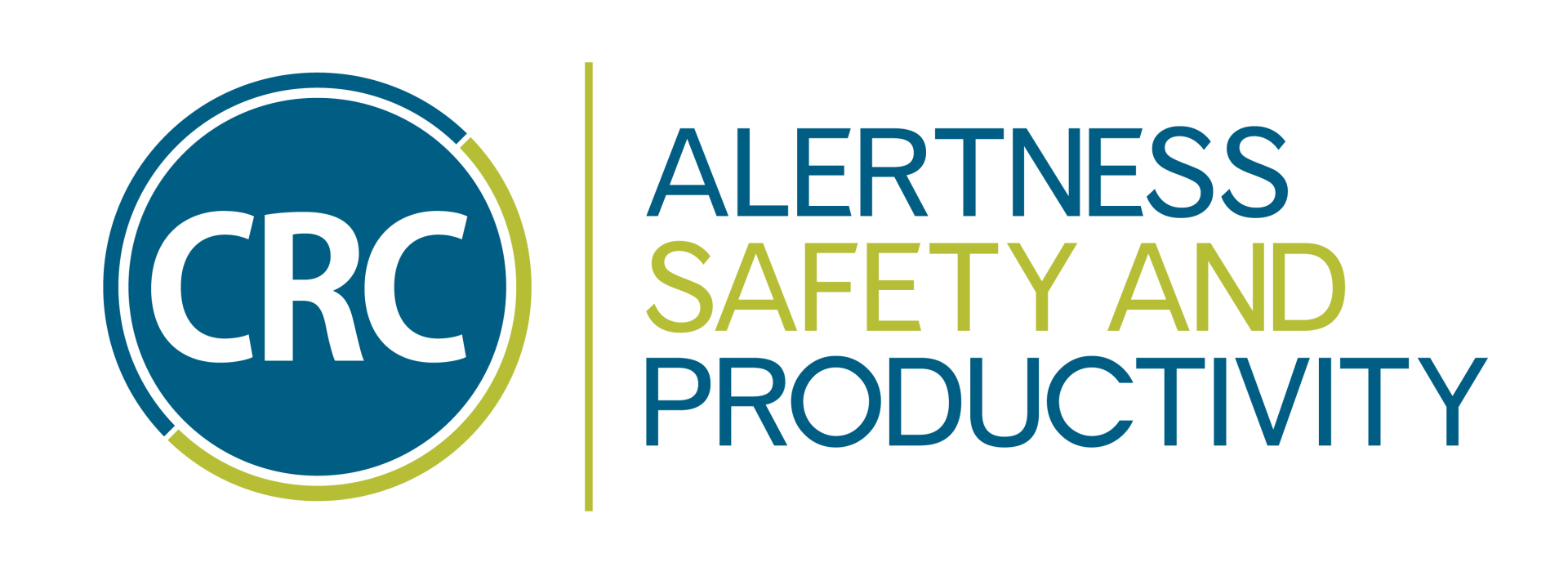Safety & Productivity
In response to the challenges of inadequate sleep, the Alertness CRC was focused on how alertness can be maximised at the individual, workplace and community level to deliver measurable improvements in safety and productivity.
- Dynamic Scheduling
A multi-sector reference group, including representatives from regulatory, consumer, research, employer and employee representative organisations, was formed to create a framework for rostering and scheduling practices and guidelines for individuals to optimise alertness in shift working environments.
The ‘Healthcare Work Hours Framework’ was informed by the scientific evidence base in circadian biology and sleep medicine, human factors and safety science and built upon advances in other national and international regulatory frameworks.
The Healthcare Work Hours Framework then unpinned the Alertness CRC’s AlertSafe® Rostering solution. SME participant Opturion Pty Ltd led a world-first integrated implementation combining logistics optimisation, work hours guidelines, and alertness/fatigue modelling into a user-friendly tool, with rostering outcomes classified from a fatigue risk perspective on an individual, team and enterprise basis.
The result of this work has been the development of two key AlertSafe® product outputs: AlertSafe® roster building and management software tool; and, the AlertSafe® Software Developer Kit (SDK), which offers sophisticated fatigue management in roster building, roster management, human capital management, time and attendance systems.
To find out more on how AlertSafe® Rostering can help keep you and your workplaces safe, visit workalert.org.au.
Further information on the tool is available on Opturion’s website.
- Circadian Lighting Design Software
Alertness CRC Participants Monash University and Solemma LLC developed a world-first circadian lighting design software module named ALFA – ‘Adaptive Lighting for Alertness’ – which helps architects, lighting designers and health professionals predict and control the way lighting works on the human senses.
It allows lighting design approaches to configure different light combinations that will have predictable impacts on alertness, safety and productivity. Solemma continues to promote the use of ALFA as part of its DIVA-for-Rhino (DIVA) 3-D Modelling Program suite through regular Solemma-hosted symposiums. ALFA is available directly from the Solemma website for evaluation and/or annual subscription.
Further information is available on Solemma’s website.
- Human Centric Lighting
Extensive feasibility studies and a review of the latest state-of-the-art scientific literature led to the development of product specifications and guidance for the application of alertness promoting and sleep permissive/promoting capabilities into lighting fixtures.
This resulted in the development of a lighting engine with three variants:
1) MelaGen™ Blue luminaires featuring specialised Blue- Enriched LED chips with alertness promoting capability;
2) MelaGen™ ReFresh luminaires featuring specialised Blue-Depleted LED chips for sleep permissive/promoting capability; and
3) MelaGen™ ReGen luminaires featuring a combination of both MelaGen™ Blue and MelaGen™ ReFresh LED chips.
The latter allowing for transitions between alertness promoting and sleep promoting capability to suit the environment, such as those that exist in hospitality, military, healthcare, aged-care, and correctional facilities.
To find out more on how MelaGen™ can help keep you and your workplaces safe, visit workalert.org.au.
Further information is available on Versalux’s website.
- Sky-high Alertness Testing
A high-impact collaboration between the Alertness CRC and Qantas examined the sleep and alertness of pilots and cabin crew during extended flight duty, as part of the Qantas Project Sunrise research flights.
The research examined the factors influencing sleep and alertness in these crew members to better understand the barriers and requirements for better sleep health during international flight patterns.
This involved assessment of the impact of circadian phase on crew sleep and alertness during extended flight duty, in order to develop evidence-based recommendations for optimising alertness during such ultra-long-haul flights.
Follow the updates via the Qantas news room: https://www.qantasnewsroom.com.au.
-
CASE STUDY
Read more →Keeping workers alert and workplaces safe




